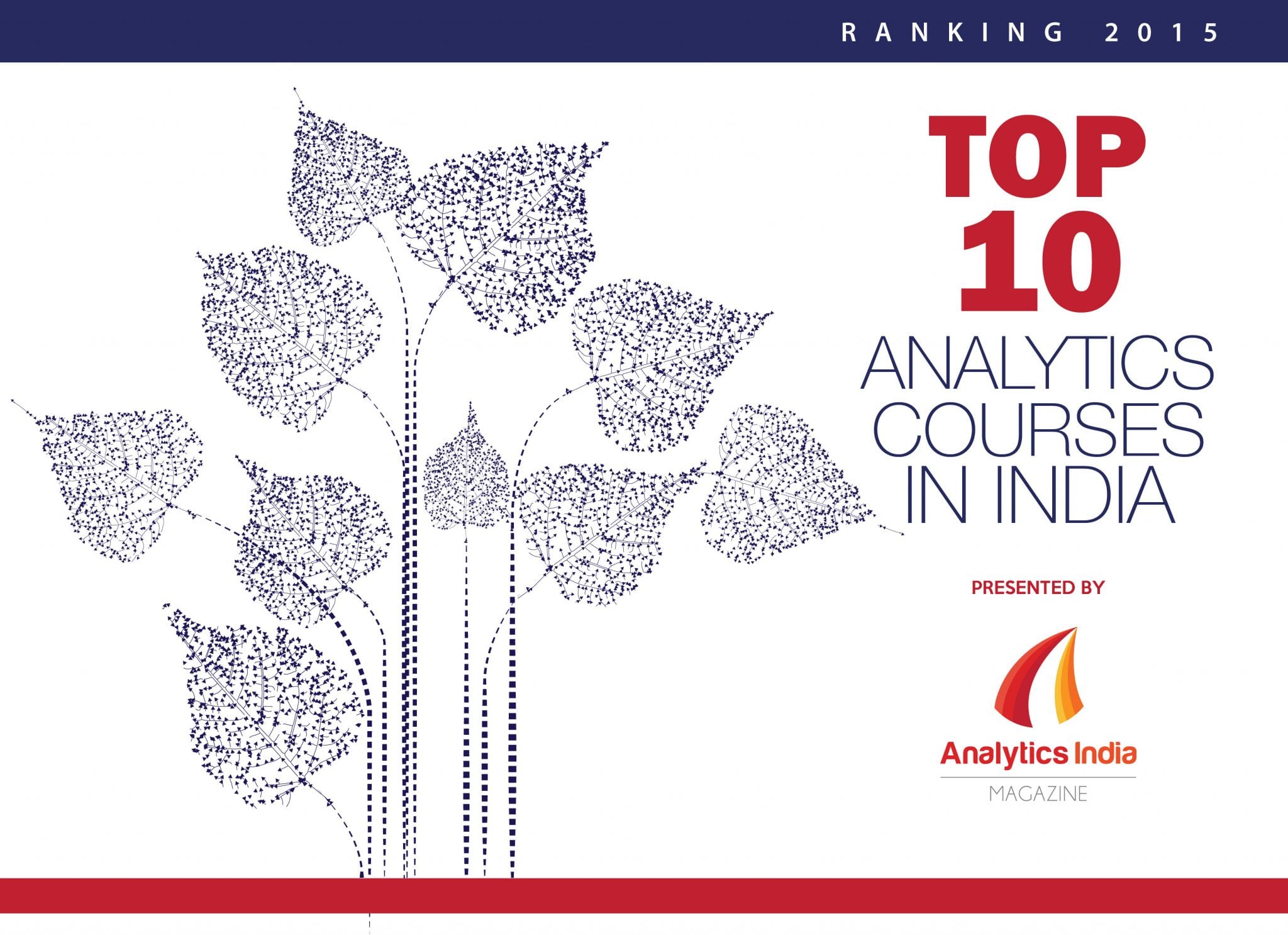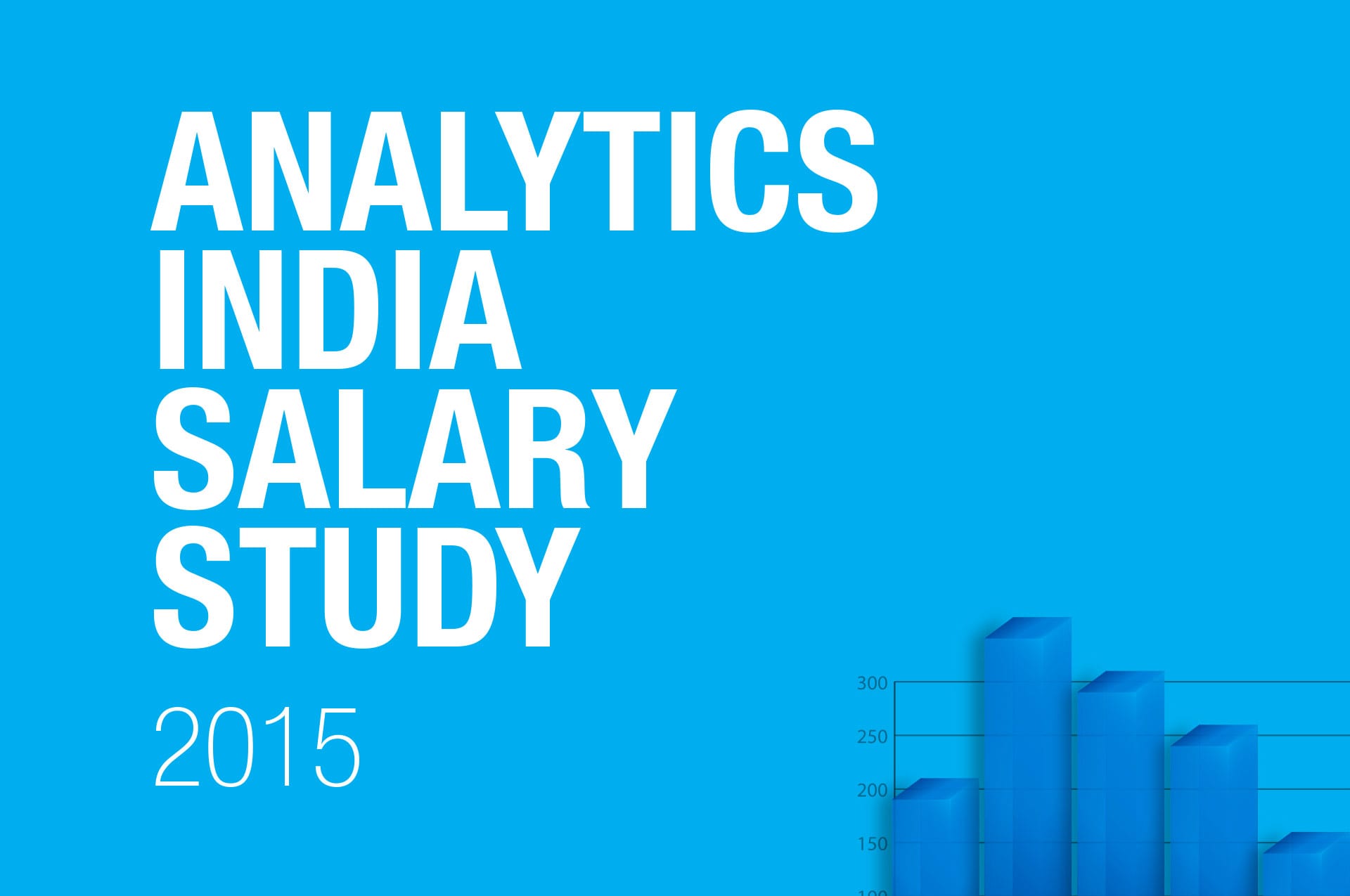 Customers, whether – end-users or intermediate – while making a purchase, usually go through a series of activities and decisions pertaining to satisfying their needs in a way in which they consider that they will best achieve the specific requirements for which they had entered into the process of buying. For the personal-use retail customer, many of these activities could be driven overtly rationally; overtly emotionally; or a mix of both. For the intermediate B2B customers, most of the times the activities pertaining to purchase of products or services are expected to be pragmatically grounded with a rational outlook. In either of the types of buying however, there is certainly a scope for some emotional decision making or subjectivity creeping in while traversing this process of buying. Having said that, in B2B purchase one may assume a largely rational basis of decision making at all stages of purchasing.
Customers, whether – end-users or intermediate – while making a purchase, usually go through a series of activities and decisions pertaining to satisfying their needs in a way in which they consider that they will best achieve the specific requirements for which they had entered into the process of buying. For the personal-use retail customer, many of these activities could be driven overtly rationally; overtly emotionally; or a mix of both. For the intermediate B2B customers, most of the times the activities pertaining to purchase of products or services are expected to be pragmatically grounded with a rational outlook. In either of the types of buying however, there is certainly a scope for some emotional decision making or subjectivity creeping in while traversing this process of buying. Having said that, in B2B purchase one may assume a largely rational basis of decision making at all stages of purchasing.
In the context of a marketing organization, the term ‘customer journey’ basically indicates to each of the steps that customers go through in engaging with the organization while considering, evaluating and deciding to purchase or not to purchase – the products and/or services of the organization. Each of these steps wherein the customer comes into the ‘contact’ of the organization is considered as a ‘touchpoint’, which in turn if not customized and managed appropriately – may end the customer journey at that point itself and most probably deflect the customer to a competitor or make the customer lose interest in purchasing per se. In either case it is a loss to the organization.
Therefore anyone or any organization marketing something, the key is to have a map of this customer journey with all the possible touchpoints identified on this map. More the touchpoints, more complicated this map becomes, and more important for the marketer to not – miss any of these touchpoints; and understand their possible impact on the eventual sale or no-sale.
The problem with these touchpoints and their management by the organization is the relative disparity in integrating these resulting in an excellent end-to-end experience for the customer. Touchpoints which are usually departmentalized for operational reasons start behaving independently, so much so that it may end up actually subverting the whole objective of customer satisfaction and delight based on hopefully – a sale…!
Take the example of the minimalist and uncluttered look of Google’s much feted landing page. Surely there would be pressure internally to use the white spaces for revenues (e.g. through advertising) but they have resisted this so far. Then, market research has repeatedly indicated that majority of their (search facility) users would like Google to display more number of hits reported per page (its 10 hits per page currently). However their internal committees have repeatedly resisted this and left this unchanged, not only for the sake of simplicity but also for optimizing server load vis-à-vis users’ need, usability and limits for information.
As far as customer touchpoints in the customer journey today is concerned, there is a veritable explosion of new/potential touchpoints across new channels and new (online) access points and devices because of which it is very difficult for organizations to integrate all of these into a cohesive and meaningful whole.
With his brief, one can now look at the role of analytics and how it can and should be used by organizations in the context of their chosen customer segments and their respective journeys. The objective of marketing analytics could be manifold – ranging from measuring return over the marketing-spend on any marketing activity or process; growing insight on what customers value by measuring customer activity as well as conversation; assessing the value and profitability of customer relationships; determining effectiveness/efficiency based marketing outcomes etc.
Based upon the discussion on the customer journey, the guiding principles for setting up any marketing analytics framework could be hence articulated as –
- Customer experience is not episodic and is based on how her/his journey has been over various touchpoints she/he has traversed. Therefore episodic metrics and their output need to be seen in an end-to-end context.
- Design/select and define metrics not merely to reflect operational excellence for a department or team activity/outcome, but to also to reflect upon the effectiveness in delivering the desired overall customer experience
- Calibrate the acceptable limits of your metrics such that it is not an absolute and takes into context the end outcome desired by the organization.
- Different channels and different devices need to be seen differently as far as choice of marketing metrics are concerned, but the context of delivering on customer experience is the constant.
- Analytics alone may not be able to encompass externalities therefore analytics outputs must be tempered with market and marketing insights – delving into the fundamentals of customer value and market disruptions.
Analytics needs to be harnessed in a way in which it does not become an end in itself. The context must be kept in focus at all times where customer satisfaction and value are central. It is true that transaction or operations data may very well reveal – fail-points; or new ideas leading to new/improved offerings , however market and hence marketing logic must be the founding stone on which the analytics framework needs to be established and not the other way around.

















































































